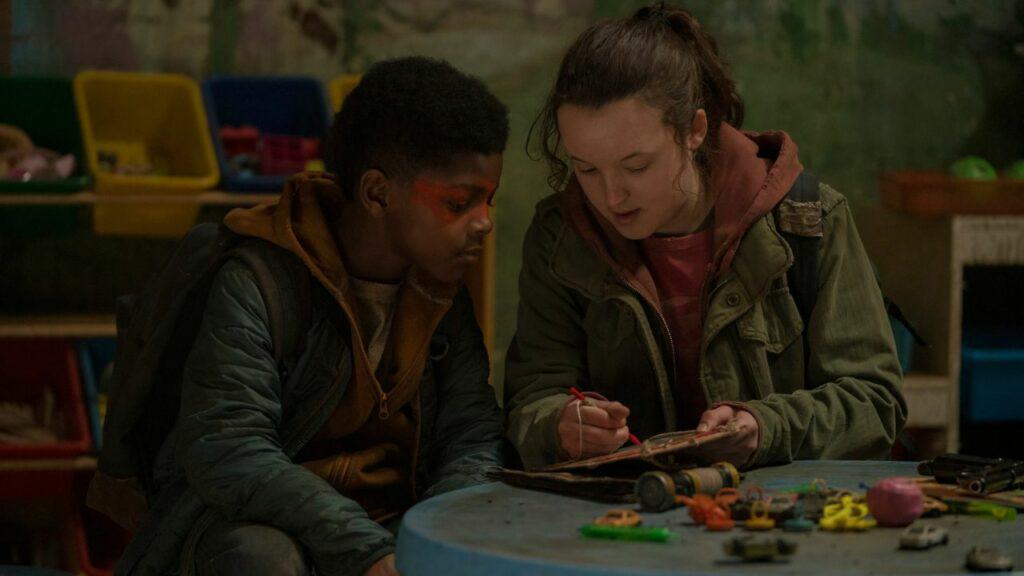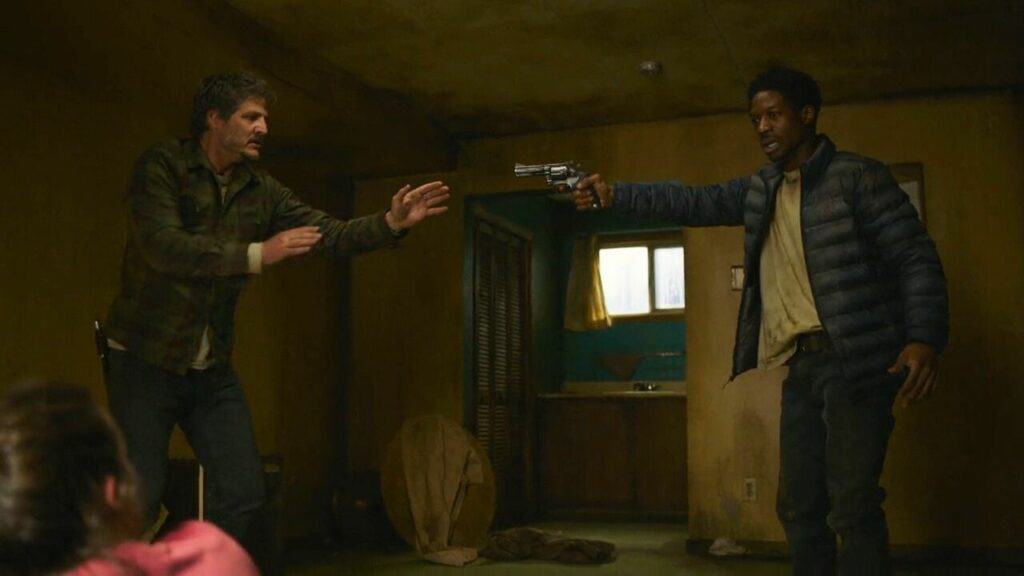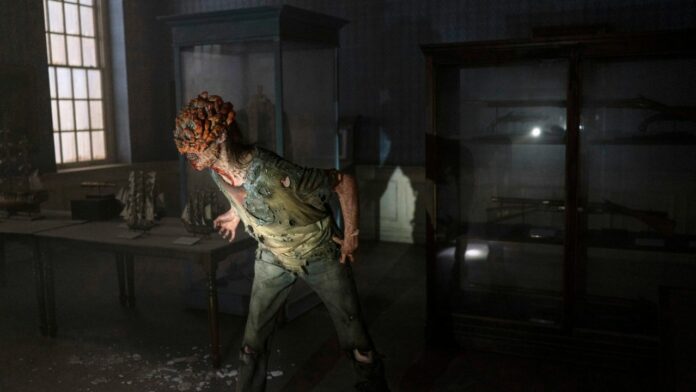In The Last of Us, the portrayal of the infected transcends the typical post-apocalyptic narrative, offering a unique perspective that emphasizes their lost humanity.
HBO’s The Last of Us, an adaptation of the acclaimed video game, takes a unique approach to its portrayal of the infected.
Unlike typical post-apocalyptic narratives where infected individuals are often dehumanized, this show delves into the human aspects of those affected by the cordyceps virus.
This article explores how The Last of Us humanizes its infected, adding depth and emotional complexity to the narrative.
Challenging the usual zombie trope
Typically, zombie-like figures in post-apocalyptic stories are depicted as mindless, soulless creatures. However, The Last of Us challenges this trope.
The show provides glimpses into the lives of the infected before their transformation. A striking example of this is seen in the sequence where Joel, Ellie, Henry, and Sam explore an abandoned school underground.
The remnants of children’s drawings are still visible on the walls and books and some toys have been left behind.

Joel claims that he has heard of places like these, and not following the rules may have turned them into infected and forced them to leave these places.
This subtle yet powerful visual serves as a haunting reminder that the infected lurking around now were once teachers, students, and part of a community.
It challenges the viewer to see them not just as threats, but as victims of a tragic circumstance, emphasizing the human tragedy behind the horror.
The tragedy of transformation
The Last of Us also captures a tragic transformation process. A powerful example of this is seen through the character of Tess.
When she reveals her infection to Joel, the focus on her emotional turmoil and fear of losing her humanity deeply impacts both Joel and the viewers, showcasing the personal tragedy behind the infection.
This transformation is not just a physical alteration but a heart-wrenching loss of humanity, effectively illustrated by the character’s struggle to hold onto her memories and identity as she changes.
Empathy in desperation
The show often evokes empathy for the infected, particularly in scenes where the characters encounter former loved ones who have turned.
A striking instance where the show evokes empathy for the infected is seen in the scene involving Henry and Sam. After Sam is infected, Henry is faced with an impossible reality.

The moment is fraught with emotional complexity, focusing not just on the threat that Sam possessed, but more poignantly on Henry’s anguish as he kills Sam and proceeds to kill himself.
This scene shifts the perspective from fear to a heartbreaking empathy, as viewers are reminded that the infected were once loved and cherished individuals, now lost to a fate beyond their control.
Sound design: Echoes of humanity
The sound design in The Last of Us plays a crucial role in humanizing the infected. The haunting sounds they make often resemble cries of pain or confusion, rather than just aggressive growls.
This sound design choice subtly reminds the audience of the infected’s human origin, evoking a sense of empathy and sadness.
Flashbacks and memories
Flashbacks are used effectively to humanize the infected. One particularly moving flashback shows Ellie and Riley exploring an abandoned mall, sharing laughter and dreams, painting a vivid picture of their friendship and the life they had before Riley’s infection.
This moment humanizes Riley, transforming her from a mere mention of the past to a living, breathing character with whom the audience can empathize.
It’s a poignant reminder of the vibrant life lost to the infection, enhancing the tragedy of Ellie’s eventual loss.
In conclusion: A new perspective on the infected
The Last of Us offers a fresh perspective on the infected, going beyond the traditional portrayal of such characters in post-apocalyptic narratives.
By focusing on their humanity, the show not only adds depth to its storytelling but also invites viewers to contemplate the broader themes of loss, transformation, and the remnants of humanity in extreme circumstances.
This approach elevates The Last of Us from a simple tale of survival to a profound exploration of the human condition.
Also Read: The role of government and authority in The Last of Us

